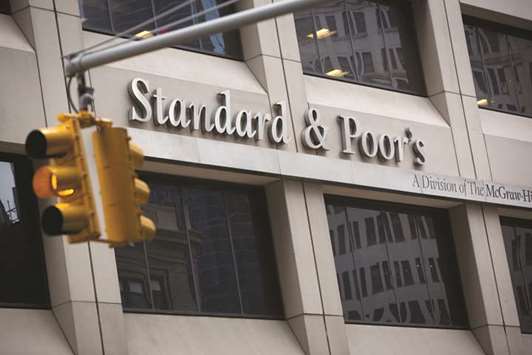Corporate and infrastructure sukuk issuance in the Gulf Co-operation Council (GCC) region was seen muted in the first half of 2018, according to Standard and Poor’s (S&P), an international credit rating agency.
Five issuers raised around $2.6bn in total, representing a 60% decline compared to the $6.5bn in the first half of 2017, S&P said in a report.
“There are a number of factors at play, including somewhat diminished funding needs, as many GCC corporates continue to operate with relatively limited investment programmers,” S&P primary credit analyst Timucin Engin said.
In the light of regional and international political developments, global investors’ perception of the GCC risk is believed to have increased over the past 12 months, which has convinced some sukuk issuers to hold off on potential issuance for the time being.
Over the past 18 months, the real estate sector dominated the number of issuances, making up 10 of the 16 issuances executed, it said. This is explained by the sector’s need for long-term financing amid muted sales and lower risk appetite from the banking system, because of the ongoing real estate price contraction in some GCC countries, particularly, the UAE and Qatar, it added.
“We don’t expect this stagnant picture to change much in the second half of the year. Barring any unforeseen large-sized issuance, we expect the 2018 GCC corporate and infrastructure sukuk issuance volumes to remain well below 2017 levels,” S&P said, adding the GCC region’s corporate and infrastructure issuers raised over $7.6bn via sukuk in 2017. Highlighting that landscape remains small and undifferentiated, translating into volatile issuance patterns; S&P said while the GCC region has a good number of Islamic banks that are frequent sukuk issuers, the number of corporate issuers that tap into the sukuk space remains small, resulting in volatile annual volumes of issuance.
Finding that more than 50% of the $7.6bn debt raised by the GCC corporate and infrastructure issuers last year was driven by two issuers with Saudi Aramco raising around $3bn and Investment Corporation of Dubai raising $1bn; it said “we have not seen many similar-sized transactions so far in 2018.”
On improving liquidity, the rating agency said in 2017 and 2018 to date, it has seen a “visible” improvement in the liquidity of GCC banks.
The stabilisation of oil prices, large issuances by select sovereigns that injected the liquidity locally, and muted loan growth explain this trend. Therefore, the banks continue to offer credit at favourable terms to GCC corporates, it said.
“We do not foresee any major change in this picture over the next 12 months, since we believe that lending growth will remain muted, and local liquidity strong,” it added.
Despite stronger oil prices, S&P believes that many GCC corporates remain “cautious”, translating into muted investment programmes in some sectors. The value-added tax, energy subsidy reforms and other government revenue-enhancing initiatives created pressure and uncertainty for some sectors, it found.
Additionally, market participants’ expectations that global and regional interest rates will continue to normalise at higher levels is also causing issuers to pump the breaks on spending, S&P said.

The Standard & Poor’s logo is displayed on the company’s headquarters in New York. Five issuers in the GCC raised around $2.6bn in total, representing a 60% decline compared to the $6.5bn in the first half of 2017, S&P said in a report.



